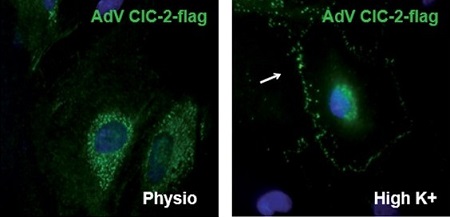A research study led by researchers of the University of Barcelona and published in the journal Human Molecular Genetics, has provided a better understanding of a physiopathological process in astrocytes involved in megalencephalic leukoencephatolaphy (MLC), rare type of leukodistrophy. The study has been co-led by the researchers of the UB Xavier Gasull, from the Institute of Neurosciences of the UB and IDIBAPS, and Raúl Estévez, IDIBELL-UB researcher, both members of the Rare Diseases Networking Biomedical Research Centre (CIBERER).
The study reaches the conclusion that ClC-2 (chloride channel), GlialCAM and MLC proteins (the latter ones are altered in MLC) are linked forming a ternary complex when astrocytes are depolarized, like in situations of high neural activity. The association of ClC-2 with GlialCAM and MLC1 changes the ClC-2 activation, which leads it to be open to positive potentials, and to take part in compensation of positive charges in glial cells adding chloride. Researchers point that a defect in this compensation may contribute to the pathogenesis of the MLC disease.
Apart from making a hypothesis on the possible biochemical function of GlialCAM and MLC1 proteins, this study gives a physiological function to the ClC-2 and allows the researchers to describe an altered physiopathological process in the MLC, which is necessary to design future therapeutic interventions.
Article reference:
Sònia Sirisi, Xabier Elorza-Vidal, Tanit Arnedo, Mercedes Armand-Ugón, Gerard Callejo, Xavier Capdevila-Nortes, Tania López-Hernández, Uwe Schulte, Alejandro Barrallo-Gimeno, Virginia Nunes, Xavier Gasull, Raúl Estévez. Depolarization causes the formation of a ternary complex between GlialCAM, MLC1 and ClC-2 in astrocytes: implications in megalencephalic leukoencephalopathy. Human Molecular Genetics doi: 10.1093/hmg/ddx134
Image: Translocation of ClC-2 in astrocytes under depolarizing conditions
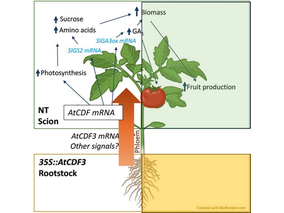
AtCDF3 gene induced greater production of sugars a...
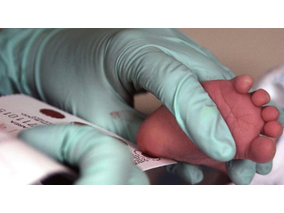
Un estudio con datos de los últimos 35 años, ind...
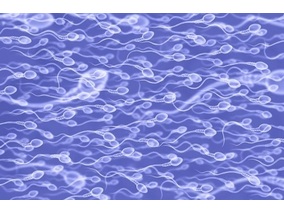
Un equipo de investigadores de la Universidad Juli...
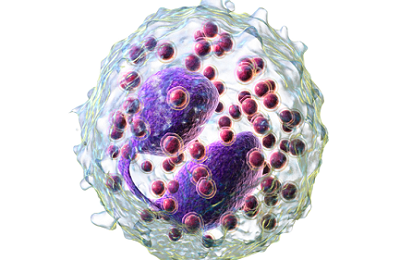
En nuestro post hablamos sobre este interesante tipo de célula del...

Theriva™ Biologics has announced the presentation of preclinical da...
Biotechnology portal in Spain
Subscribe to our newsletter and stay up to date with the latest news and deals!
2013 © Biotech-Spain.com - Site Developments SL. All Rights Reserved. Terms of Service | Privacy Policy
Articles
Directory
